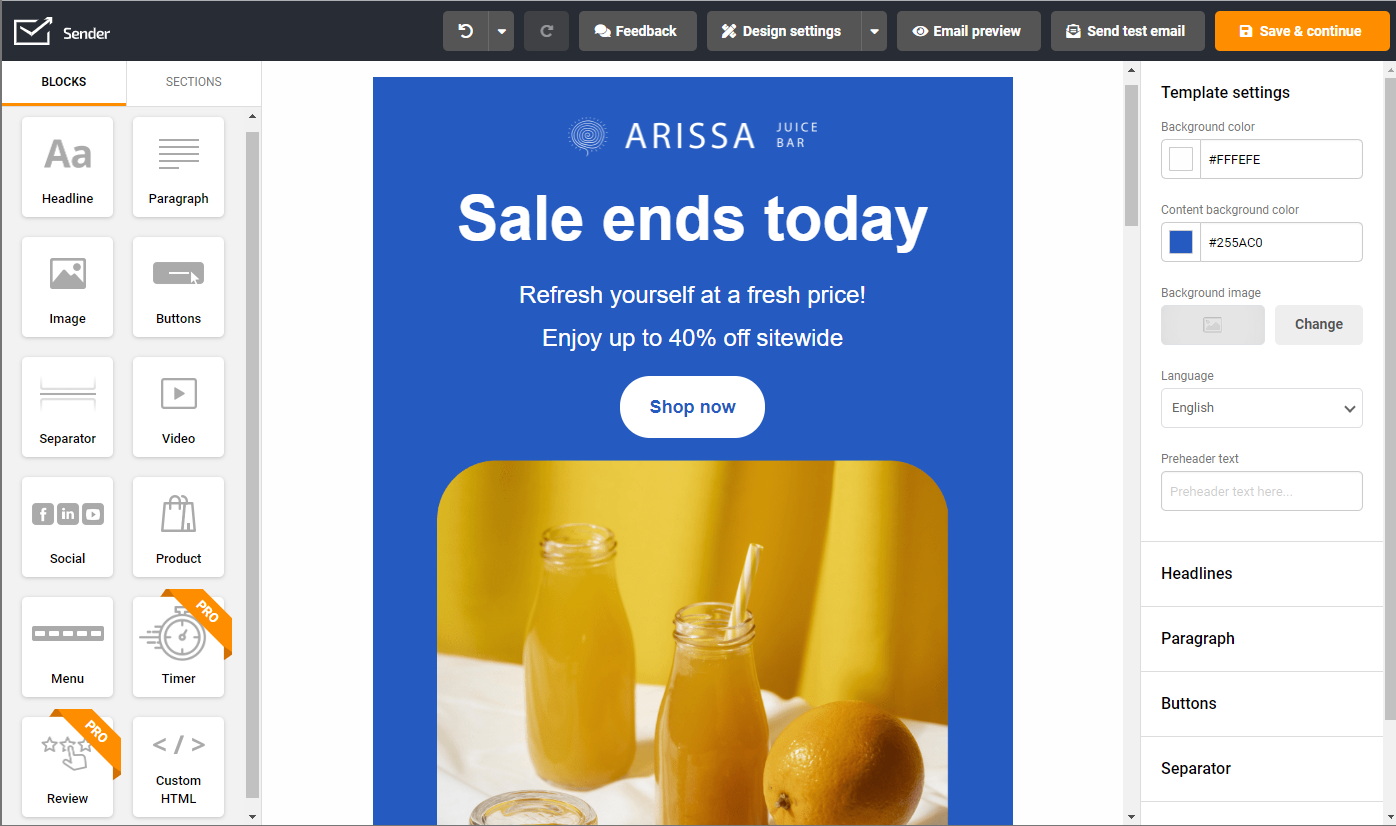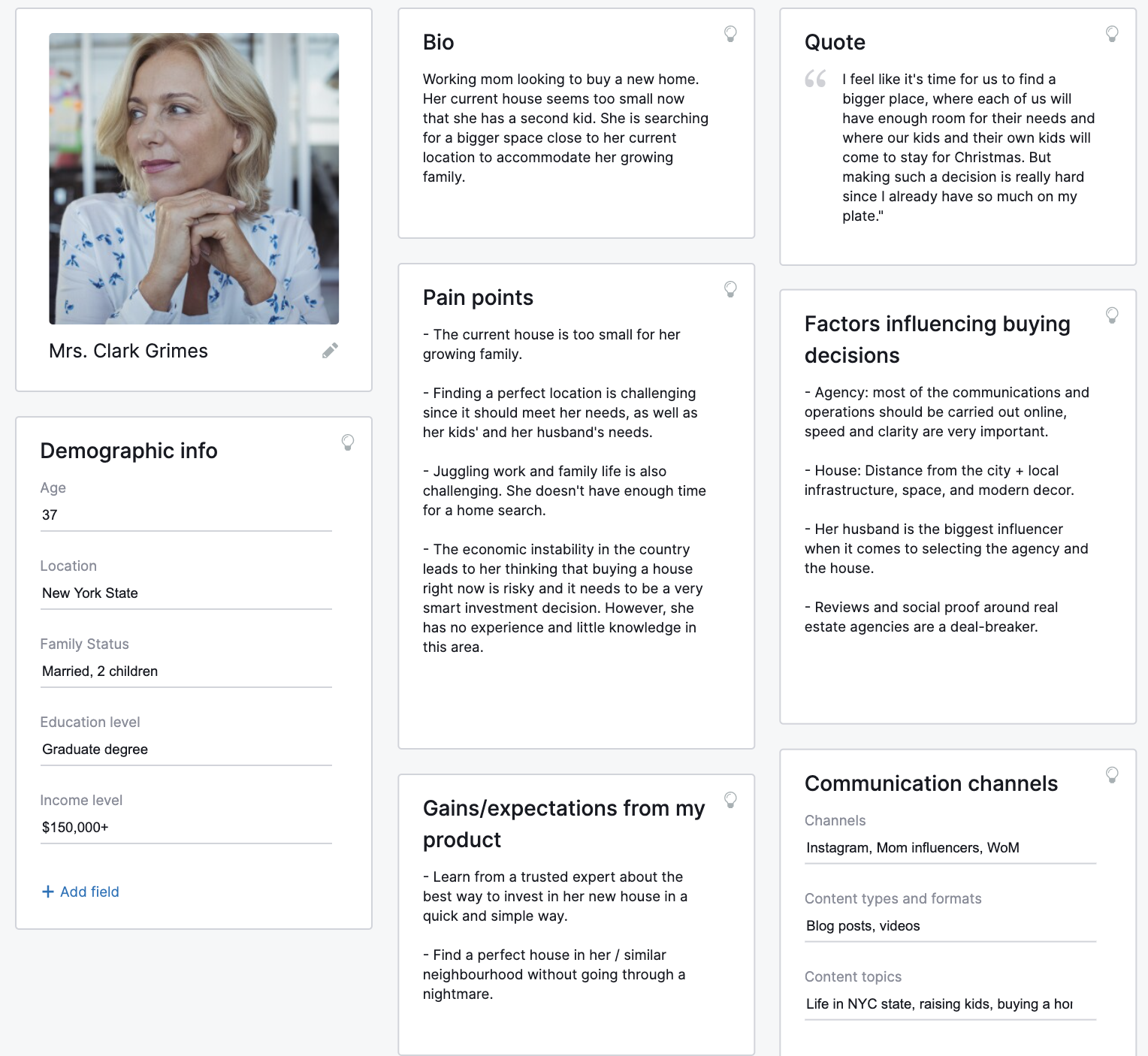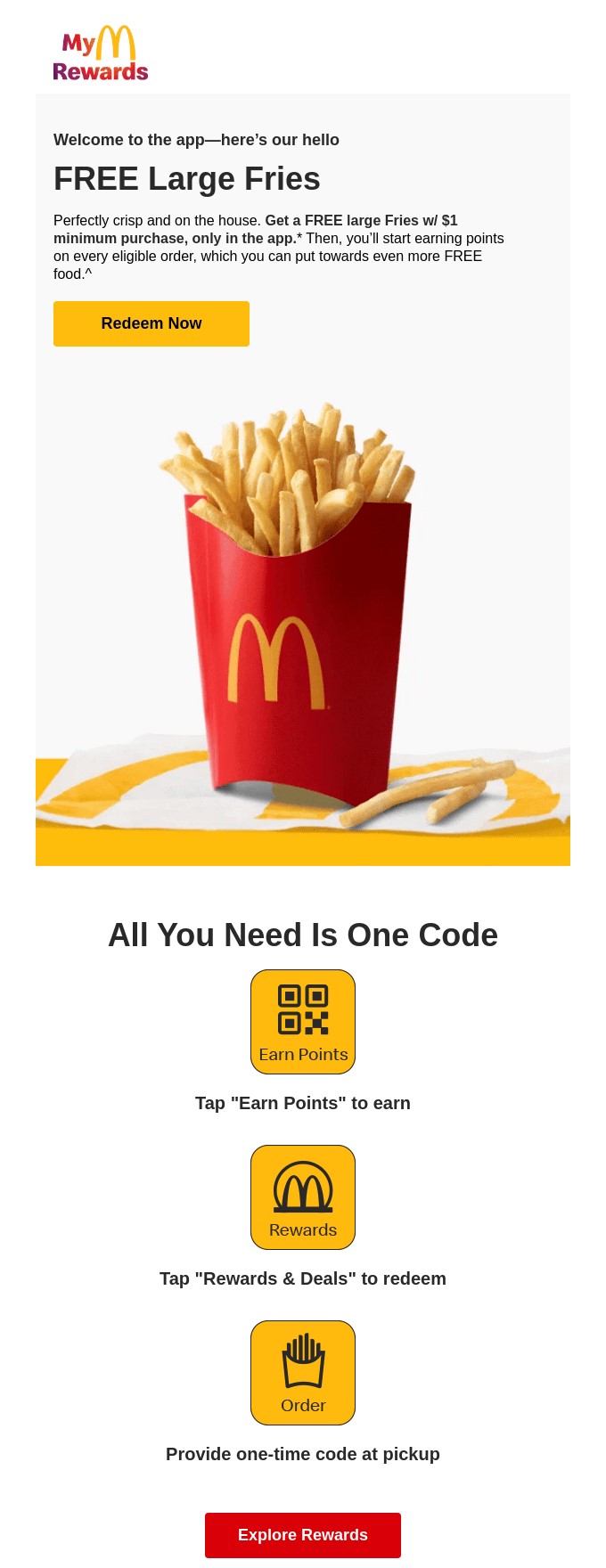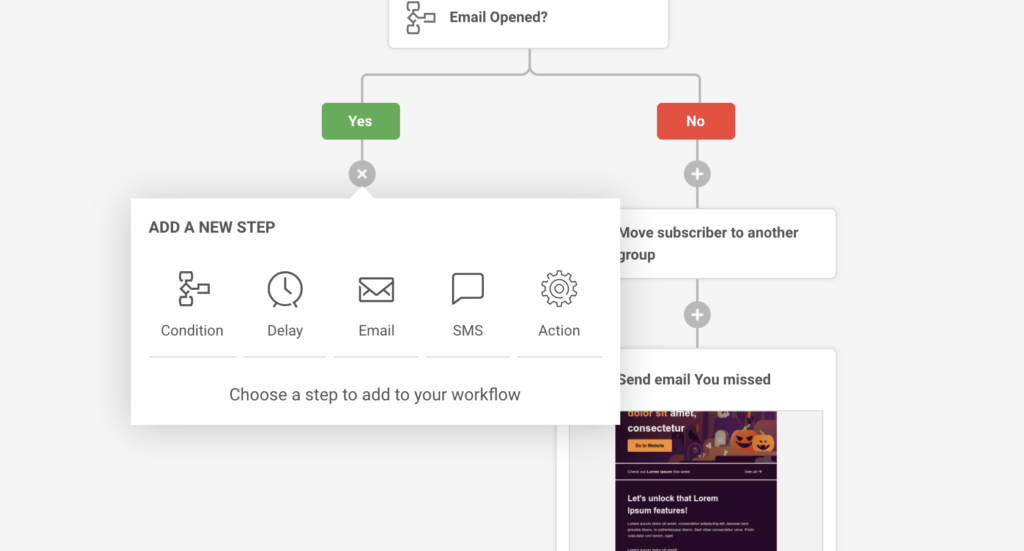Have you ever mixed and matched different elements to create your style? As marketers and business owners, you must’ve tried and tested various strategies to promote and grow your business.
The promotional mix is all about mixing different strategies, tactics, ideas, and concepts to find the best way for your business to grow its footprint and attract new customers.
In this blog, we will look at different elements of the promotional mix and how to use them to boost marketing effectiveness. So, let’s get started.
What is Promotion Mix?
Before we dig deeper, we need to clear out the definition of the promotion mix first. Promotion mix is a combination of different marketing communication tools or tactics that a company uses to promote its products or services to its target audience.
It includes various elements, strategies, and tactics that effectively communicate a product or service’s value and persuade customers to buy.
A balanced and integrated promotion mix helps create a consistent brand message, maximize reach, engage customers effectively, and drive sales and business growth.
Marketers use a promotional mix to spread their efforts and gain maximum advantage in a competitive and crowded ecosystem. Primarily, the promotion mix for a business includes elements such as:
- Advertising
- Sales promotions
- Public relations
- Personal selling
- Direct marketing
- Digital marketing, etc.
The selection and combination of these elements to create the perfect marketing mix depend on factors such as the target audience, product characteristics, marketing objectives, budget, and competitive landscape.
Importance of Promotional Mix
If you want to capture the attention of your target audience, educate them about the unique characteristics of your products & services, or call them to action through a swift combination of communication strategies, using a balanced promotion mix is crucial in the current scenario.
A thoughtful promotional mix allows a business to create an omnichannel footprint, which helps grow sales revenue in the long run. According to statistics:
- Around 73% of consumers prefer shopping across multiple channels (omnichannel);
- Omnichannel customers spend 10% more online and 4% more in-store than customers who prefer a single channel;
- Omnichannel customers have a 30% higher lifetime value than single-channel shoppers.
Promotional mix marketing allows businesses to grow faster, stay relevant, and hook audiences better. Omnichannel marketing campaigns with three or more channels promise a 90% higher consumer retention rate.
Promotional mix allows businesses to adopt an omnichannel approach and offers the following benefits to a business owner:
- Target potential customers across multiple channels. Share relevant communication at the right time, at the right platform;
- Streamline marketing strategies. Spend most time, energy, and effort where customers are most engaged;
- Balances the marketing plans. Diversification across different channels eliminates the possibility of failing in your marketing efforts;
- Increases the reach. Gain more exposure and grow your customer base faster than staying on a single channel or platform.
Want a smarter way to promote your business? Use email marketing to drive engagement and sales—fast, easy, and affordable.
Free plan available for up to 2,500 subscribers and 15,000 emails per month!

Elements of Promotion Mix
As discussed before, the promotion mix usually involves multiple facets that are used to communicate the value proposition to prospects across different channels. The most promising and effective elements of the promotion mix include the following:
- Advertising Campaigns. Advertisements are an impersonal, one-way marketing strategy to boost brand awareness, generate interest, or influence consumer behavior. This involves paid coverage or communication via different channels such as television, radio, print, online platforms, and social media. Advertising aims to create awareness, generate interest, and influence consumer behavior. For example, Amazon announced its yearly sale by buying a billboard space in Times Square or on the front page of a major newspaper.
- Personal Selling. Personal selling involves direct contact from sales representatives to potential clients—more of a face-to-face, door-to-door method of creating awareness and influencing sales. Personal selling allows for direct interaction, product demonstrations, addressing customer concerns, and tailoring the sales message to individual needs. It’s commonly used in B2B sales where customers want to look at product demos.
- Sales Promotion. Sales promotion includes floating discounts, offering coupons, planning sales contests, giveaways, loyalty programs, and other incentives to entice users to buy a product. Use sales promotion techniques to create immediate traffic for purchases and boost short-term sales.
- Public Relations. PR involves managing the public image and reputation of a company or brand. It includes activities like press releases, media relations, sponsorships, events, and community engagement. PR aims to build positive relationships with the public, media, and other stakeholders. PR ensures coverage across radios, newspapers, press releases, television, social media, and magazines to attract secondary exposure (and footfalls/traffic) from additional mentions.
- Direct Marketing. Direct marketing involves direct communication with customers through channels like direct mail, email, telemarketing, and SMS. Direct marketing allows for targeted messaging and personalized offers to generate direct responses and build customer relationships. Primarily, direct marketing serves as a promotion strategy for announcing special promotions, product launches, and order confirmations.
- Digital Marketing. Digital marketing leverages digital channels to reach and engage with potential customers. This involves various online marketing strategies, including search engine optimization (SEO), pay-per-click (PPC) advertising, content marketing, social media marketing, email marketing, newsletters, and influencer marketing.
How to Use Marketing Promotional Mix?
Are you eager to start using a combination of different promotion tactics to get the maximum advantage? Do you want to utilize a promotional mix to communicate with your customers and entice them to buy your products? Let’s look at a simple process to help you use promotional mix in your everyday marketing operations.
1. Identify Your Target Audience
Before starting any kind of promotion, identifying and documenting the individuals or groups who’d be most interested in buying your products is crucial. You should target your promotional campaigns at these people, basically your target market. Here’s how you can start in three simple steps:
- Conduct surveys with your existing subscribers or customers to understand their needs, wants, expectations, and pain points;
- Create a detailed buyer persona based on your understanding of your target audience and their expectations;
- Personalize your marketing materials to resonate with the specific needs and preferences of your target audience;

By creating detailed buyer personas, you can tailor your marketing materials to resonate with your ideal customers’ specific needs and preferences. This saves costs and maximizes your chances of achieving profitable outcomes.
2. Establish Your Marketing Message
Once you clearly understand your target audience, it’s time to create a compelling marketing message or communication.
Your brand should stand for something unique and meaningful, and your target audience needs a reason to choose your business over competitors.
Craft well-thought-out emails, ad campaigns, or communication that align with your brand’s core values and address your customers’ desires and pain points. For example, if you offer eco-friendly products, emphasize the environmental benefits and sustainable practices associated with your brand. Here’s an example of a great message via email:

The email effectively shares how a customer can benefit from the loyalty program and even entices them to join the program or take action via contextual CTA. By effectively communicating your value proposition, you can capture the attention and interest of potential customers, leading to increased sales and brand loyalty.
3. Set Measurable Promotion Goals
Define what you aim to achieve through your marketing initiatives and establish clear metrics to track your progress. For example, if you aim to increase website traffic, you can measure clickthrough rates across your email campaigns and compare them over time.
Specific and measurable metrics and KPIs help you get a sense of direction, enhance focus, and enable a more accurate evaluation of the effectiveness of your promotional mix strategy. Here’s how to define measurable goals or outcomes:
- Set a goal based on past marketing performance and other relevant indicators;
- Measure the effectiveness of your promotional mix strategy through quantitative data — open rates, engagement rate, clickthrough, etc.
- Use a marketing automation or analytics solution to track key performance indicators (KPIs);
- Run test promotion campaigns to optimize your KPIs and start tracking them in real time.
4. Set a Budget for Your Promotion Mix Marketing
An effective promotion strategy requires a budget. While each element of the Promotional Mix can be valuable, they all require resources, making it impractical to attempt them all simultaneously.
Set a budget that aligns with your business objectives and separates achievable outcomes from wishful thinking.
Allocating resources wisely allows you to strategically decide which promotional activities to prioritize and invest in, maximizing the return on your marketing investments.
Here’s how to make that happen:
- Allocate budget to mediums and strategies that align with your business objectives, your audience’s interests, and available resources;
- Prioritize promotion mix elements that offer the highest potential return on investment (ROI);
- Keep revisiting your budgets every quarter and align them based on your measurable outcomes.
5. Identify the Channels for Promotion
Once you’ve outlined everything, it’s time to finally identify the most viable channels for your promotional activities. Choose channels or platforms that promise maximum reach and engagement from your target audience.
For example, to target Gen Z, opt for promotion mix elements that support social media interactions. This could involve running engaging and interactive campaigns on platforms like Instagram, TikTok, or Snapchat, where visually appealing content, contests, or influencer partnerships attract the target group.
While picking the channels, ensure to:
- Research and understand the preferred channels and platforms of your target audience;
- Consider the preferences and habits of your target audience;
- Select the platforms and channels that they frequently engage with. e.g., social media, email marketing, or other relevant platforms;
- Adopt an omnichannel approach and experiment with different platforms to achieve maximum reach.
Also read: What is Multichannel Marketing? Definition +6 Strategies
Enhance Promotion Mix Marketing
When you want to target your audience or run promotional marketing campaigns across multiple channels, you need a solution to club your promotional efforts on a single platform.
Sender is an easy-to-use, more effective, and affordable marketing automation solution. It features a user-friendly yet powerful dashboard, allowing you to run email and SMS campaigns. Also, you can set up elaborate omnichannel automation sequences to leverage a multi-platform promotional mix and increase conversion rates.

Key Takeaways
- Find your target market before planning to utilize any element of promotional mix.
- Experiment with multiple platforms and channels to discover the most effective promotion mix for your business;
- Set a promotional budget and define your KPIs before starting the campaign across different elements of promotional mix;
- Use a marketing automation solution with omnichannel campaign support to manage your promotion efforts effectively;
Also read:
- What is Promotional Marketing? Definition, Examples, Ideas
- Online Advertising: Practical Examples & Key Statistics for 2024
- Guide to Email Advertising: How to Perfectly Execute Ads
- Effective Cross Promotion: How to Get Started + Ideas & Examples
- What is Testimonial Advertising? Definition, Examples & Strategies
- 8 Types of Sales Promotion Tools & Advertising Mediums
Author Bio
Anmol Ratan Sachdeva is a content marketer and small business consultant who has a strong grip on topics like marketing automation, email marketing, and content marketing. He loves to write about building, improving, and growing a business.





